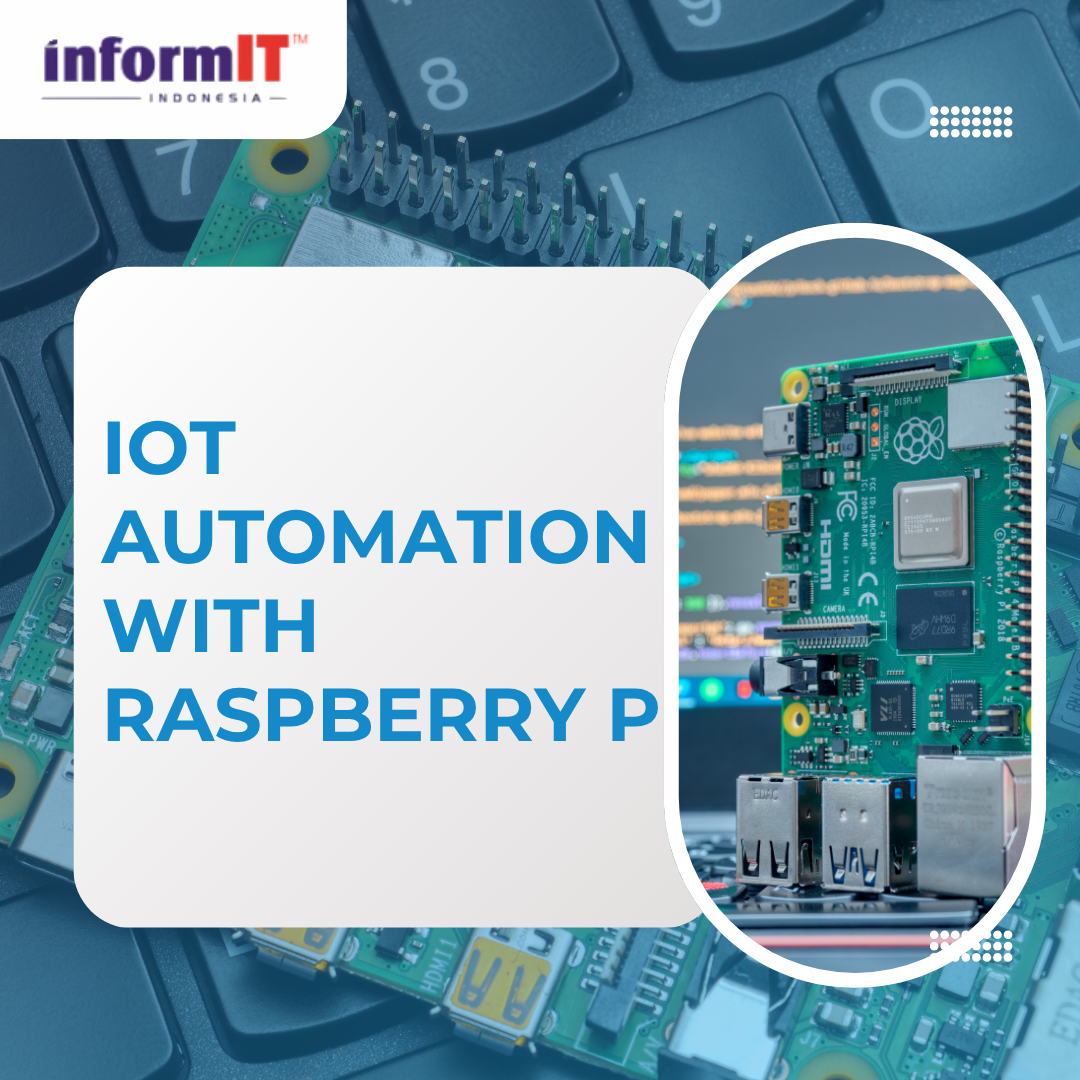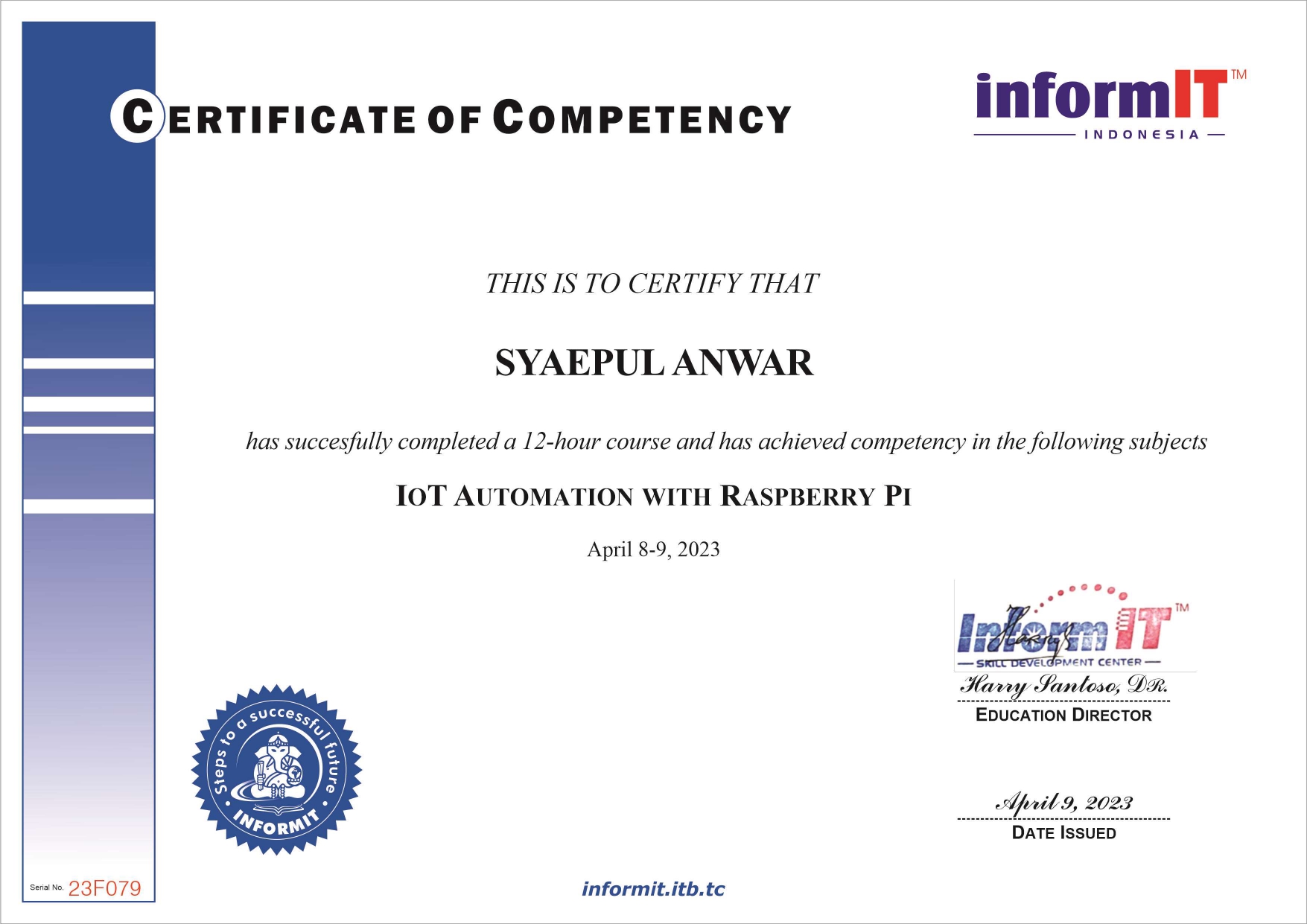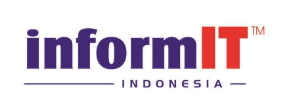IOT AUTOMATION WITH RASPBERRY
DETAILED COURSE CONTENTS
In this 2-day course, students will learn to unleash the power of Raspberry Pi and Python to create exciting IoT projects. After completing this course, students will be able to control the servo using weather data, create a simple web page using CherryPy, read Raspberry Pi General Purpose Input/Output (GPIO) sensor data using Python, and publish sensory data to cloud-based services. This course will also prepare students to pass the IoT Automation with Raspberry Pi competency test.
MODULE 1 -WRITING PYTHON PROGRAMS USING RASPBERRY PI
Project overview
Technical requirements
Python tools for Raspberry Pi
Using the Python command line
Writing a simple Python program
Lab: Use Raspberry Pi as a development machine
MODULE 2 - USING THE GPIOTO CONNECT TO THE OUTSIDE WORLD
Project overview
Technical requirements
Python libraries for the Raspberry Pi
Accessing Raspberry Pi's GPIO
Setting up the circuit
Hello LED
Lab: Create a Morse code generator
MODULE 3 - WORKING WITH THE SERVO CONTROL CODE TO CONTROL AN ANALOG
DEVICE
Project overview
Getting started
Accessing weather data from the cloud
Controlling the servo using weather data
Enhancing our project
Lab: Work with servo motors
MODULE 4 -SETTING UP A RASPBERRY PI WEB SERVER
Project overview
Getting started
Introducing CherryPy – a minimalist Python web framework
Creating a simple web page using CherryPy
Lab: Install and configure the web framework CherryPy
MODULE 5 - READING RASPBERRY PI GPIOSENSOR DATA USING PYTHON
Project overview
Getting started
Reading the state of a button
Reading the state from an infrared motion sensor
Modifying Hello LED using infrared sensor
Lab: Build simple alarm systems
MODULE 6 -PUBLISHING TO WEB SERVICES
Project overview
Getting started
Publishing sensory data to cloud-based services
Setting up an account for text message transmission
Lab: Measure room temperature and humidity and publish these values to
the web
Related Program

BASICS OF INDUSTRIAL AUTOMATION USING OMRON PLC
-
Rp. 3.500.000Rp. 750.000
Training & Test


